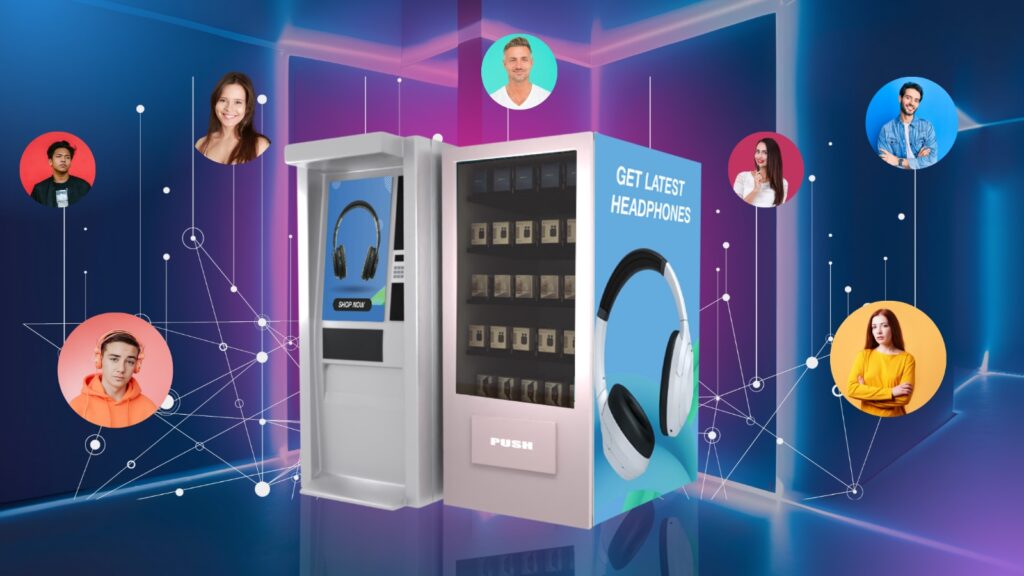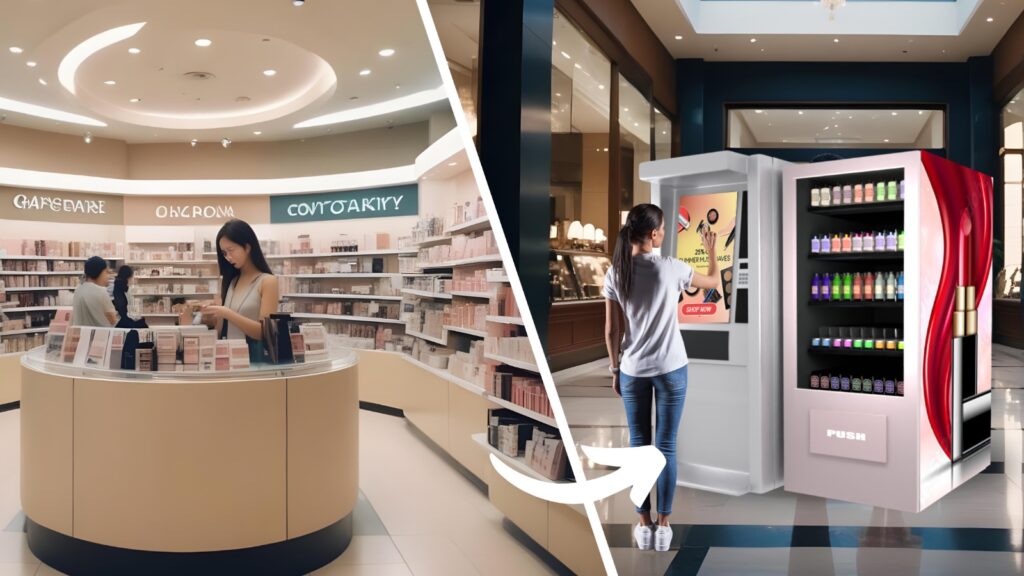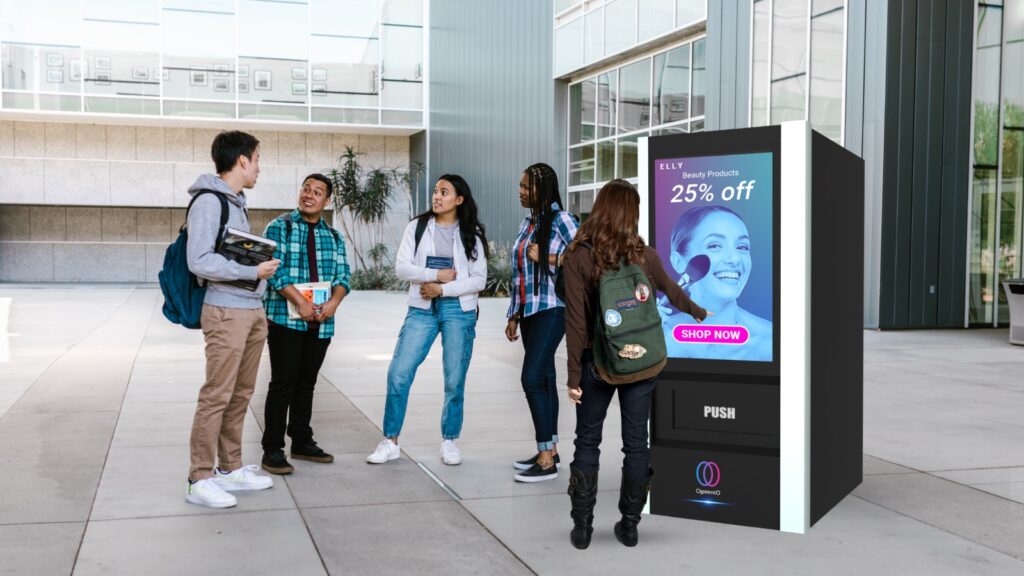As D2C brands grow through digital commerce, they’re increasingly turning to omnichannel strategies to expand their reach and engage more deeply with customers. The shift from purely online sales to offline experiences reflects evolving consumer demands for a blend of digital convenience and physical interaction.
Digital First Brands are no longer confined to traditional stores; they’re creating innovative, data-driven, and flexible retail spaces. The question is, can D2C brands push beyond brick-and-mortar by adopting smarter, more immersive offline solutions?
Here is how D2C brands are reshaping the offline retail landscape.
A New Look at Offline Retail

D2C brands like boAt, noise, Nykaa, Mamaearth and Sugar Cosmetics are setting new benchmarks by creating immersive, consumer-first experiences that elevate both in-store and online interactions. These physical spaces offer live demos, personalized consultations, and multi-functional environments that turn stores into community hubs. But why limit themselves to just traditional stores when smarter, more agile solutions are available?
Leveraging Data for Smarter Expansion

D2C brands thrive on data. Their consumer insights allow them to make data-driven decisions when choosing store locations, optimizing product mixes, and enhancing store formats. But the journey shouldn’t stop there. With the right tools, these brands can take their offline strategy even further by testing new markets without the overhead costs of traditional retail. Smart vending machines can be that tool, offering a more flexible and scalable solution for offline expansion.
Flexibility and Adaptability
Going Beyond Traditional Stores Today’s D2C brands are focused on creating flexible store environments. They design spaces that can be adapted quickly for seasonal events, trends, and even relocations. While this helps keep the customer experience dynamic, there’s still more room to innovate. By incorporating smart vending machines, brands can expand their footprint in high-traffic areas like malls, airports, and metro stations—without the limitations of traditional retail setups.
Challenges of Traditional Retail

While D2C brands continue to push boundaries, expanding into brick-and-mortar retail brings several challenges: high setup costs, long-term leases, and competition for prime locations. Securing high-traffic spots often requires significant financial investment, making offline expansion risky, especially for brands that are still scaling. But there’s another way to navigate these hurdles.
Time to Break Free from Brick and Mortar
To truly thrive, D2C brands must break free from the confines of traditional retail. Today’s consumers expect phygital experiences, blending digital convenience with physical access. Smart vending machines offer this opportunity, allowing brands to:
- Extend their digital reach into untapped locations like corporate parks, airports, universities, and gyms, where their audience is most active.
- Test new markets without the long-term commitments of traditional leases.
- Engage audiences with 43-inch digital displays, offering an exclusive advertising and promotional channel.
- Provide 24/7 accessibility, ensuring customers can access products anytime, anywhere.
- Deliver personalized recommendations, based on data insights, enhancing customer engagement and loyalty.
- Gain valuable consumer insights, understanding buying behaviors, preferences, and product performance for more informed strategies.
- Remotely manage machines, overseeing inventory, replenishment, and sales, all from a central dashboard—maximizing efficiency and minimizing operational costs.
Time to Push the Envelope, There’s More to Explore in Offline Expansion

D2C brands are already transforming offline retail, and to scale further, they need to explore smarter, more innovative solutions. Smart vending machines offer the perfect way to engage customers, enhance experiences, and grow cost-effectively. If your brand is ready to expand beyond brick-and-mortar, now is the time to embrace this phygital revolution.
It’s time for D2C brands to look beyond traditional bricks and mortar and embrace the Phygital revolution, aligning their strategies with the future of retail.
Interested in learning how smart vending machines can transform your brand’s offline strategy? Connect with us at hello@ogmento.io

